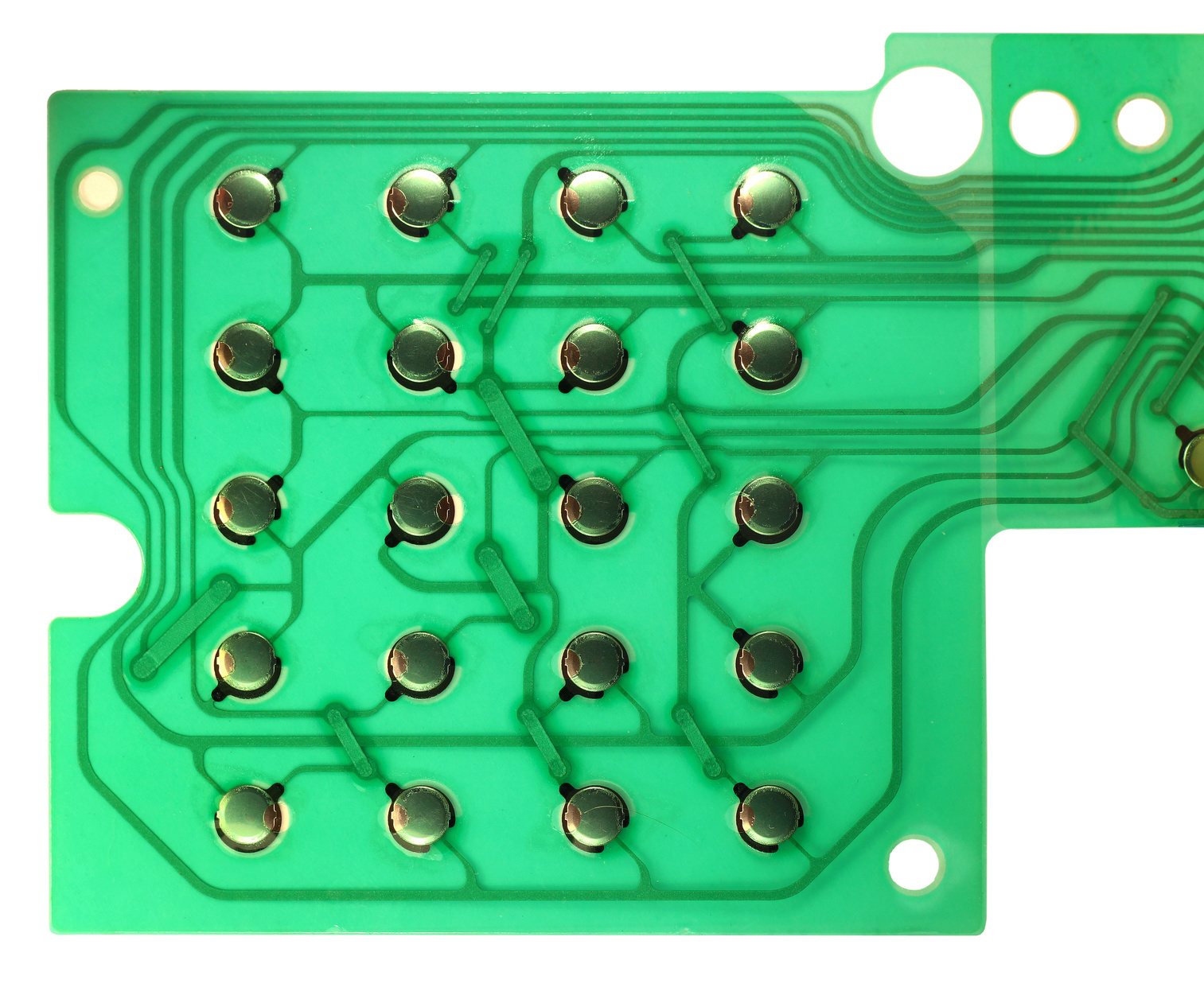Recognizing the Capability of Membrane Switches for Individual User Interface Tools
The performance of membrane changes represents a significant improvement in customer interface style, integrating effectiveness with visual flexibility. These switches run with a multi-layered framework that translates individual interactions right into electrical signals, enabling both portable designs and resilience versus environmental variables. As markets progressively focus on individual experience, recognizing the nuances of membrane layer switch modern technology comes to be vital. What implications do these advancements hold for future applications, and exactly how might they redefine user interactions throughout numerous gadgets?
What Are Membrane Layer Buttons?
Membrane switches are innovative user interface devices that facilitate customer communication with digital tools. These flexible components include multiple layers, consisting of a graphic overlay, spacer, and a published circuit layer. The design permits a seamless combination into various electronic tools, enhancing both the visual and functional elements of interface.
Membrane switches are frequently utilized in a variety of applications, from household devices to industrial equipment and medical tools. Their construction normally features a thin profile, making them a perfect option for compact layouts. The tactile feedback offered by these switches can be crafted to meet details individual choices, guaranteeing effective communication in between the customer and the tool.
Durability is an additional significant benefit of membrane switches, as they are immune to dirt, moisture, and chemicals, which boosts their lifespan in requiring environments. In addition, these buttons can be personalized in regards to shape, dimension, and graphic layout, permitting branding and user-specific functions. Overall, membrane switches over represent a practical remedy for boosting individual experience in electronic devices, incorporating performance with aesthetic charm in a reliable fashion.
How Membrane Switches Work
Operating on a simple principle, membrane layer switches over utilize a layered building to register customer input properly. Each button contains multiple layers, including a published circuit layer, a spacer layer, and a leading visuals layer, which are designed to interact seamlessly. When a customer presses the top layer, it compresses the spacer layer, bringing the conductive components of the circuit layer right into call with each other.
This contact develops a closed circuit, signaling the gadget to implement a particular feature. The design permits various configurations, consisting of responsive feedback, which can boost the individual experience by offering a physical experience upon activation. The materials used in membrane layer switches frequently include adaptable substratums, such as polyester or polycarbonate, which guarantee durability and durability versus damage.

Key Advantages of Membrane Layer Buttons

One more considerable advantage is their density. Membrane layer buttons are slim and light-weight, which allows manufacturers to conserve area in their tools without giving up capability. This feature is especially valuable in applications where weight and volume are critical considerations.
In addition, membrane buttons are immune to dirt, dampness, and chemicals, enhancing their sturdiness. This resilience prolongs their lifespan and decreases the demand for constant substitutes, resulting in expense financial savings gradually.
Furthermore, the responsive comments given by membrane layer switches can be optimized to boost customer interaction. They can include functions such as increased switches or distinct clicks, improving usability and user experience.
Applications Across Industries
Interface gadgets utilizing membrane layer buttons are common in a large variety of sectors, showcasing their flexibility and capability. Membrane Switch. In the medical industry, membrane layer switches are important to devices such as diagnostic devices and client surveillance systems, where their sturdiness and simplicity of cleaning are important for keeping hygiene criteria. In the automobile industry, these buttons are employed in control panel controls and infotainment systems, offering a sleek and modern interface for users.
In addition, the consumer electronics market take advantage of membrane switches in devices and portable tools, where portable design and straightforward user interfaces enhance individual experience. Industrial applications additionally take advantage of membrane switches over for control board in machinery and automation systems, stressing their toughness and resistance to rough atmospheres.
In the aerospace and defense industries, membrane layer switches are used in cabin controls and devices, where reliability and efficiency under extreme problems are vital. Additionally, the gaming market progressively includes membrane layer buttons in controllers and game devices, adding to an engaging user experience. Generally, the adaptability of membrane switches enables their widespread use throughout numerous sectors, highlighting their relevance in modern-day interface layout.
Future Trends in Membrane Switch Modern Technology

In addition, using sophisticated products, such as polycarbonate and polyester movies, is anticipated to increase, supplying enhanced toughness Check Out Your URL and resistance to ecological stressors. These products add to the overall longevity of membrane layer buttons, making them appropriate for harsher commercial applications.
Furthermore, the consolidation of wise technology, including IoT connection, will make it possible for membrane layer buttons to communicate with various other gadgets and systems, assisting in a much more interactive user experience. additional resources This trend straightens with the growing demand for clever gadgets throughout different markets, from healthcare to customer electronics.
Last but not least, customization options are anticipated to expand, enabling suppliers to produce bespoke solutions tailored to specific user requirements and choices. These growths will certainly place membrane buttons as necessary parts in the development of interface modern technology.
Verdict
In final thought, membrane layer changes stand for a critical improvement in interface modern technology, providing a trustworthy and functional solution for varied digital applications. Their split building assists in portable design, while features such as responsive responses enhance individual interaction. The sturdiness versus environmental variables even more solidifies their energy across numerous markets. As advancements in material science and touch picking up modern technologies proceed, the functionality and applicability of membrane layer switches are expected to expand, strengthening their relevance in contemporary electronic tools.